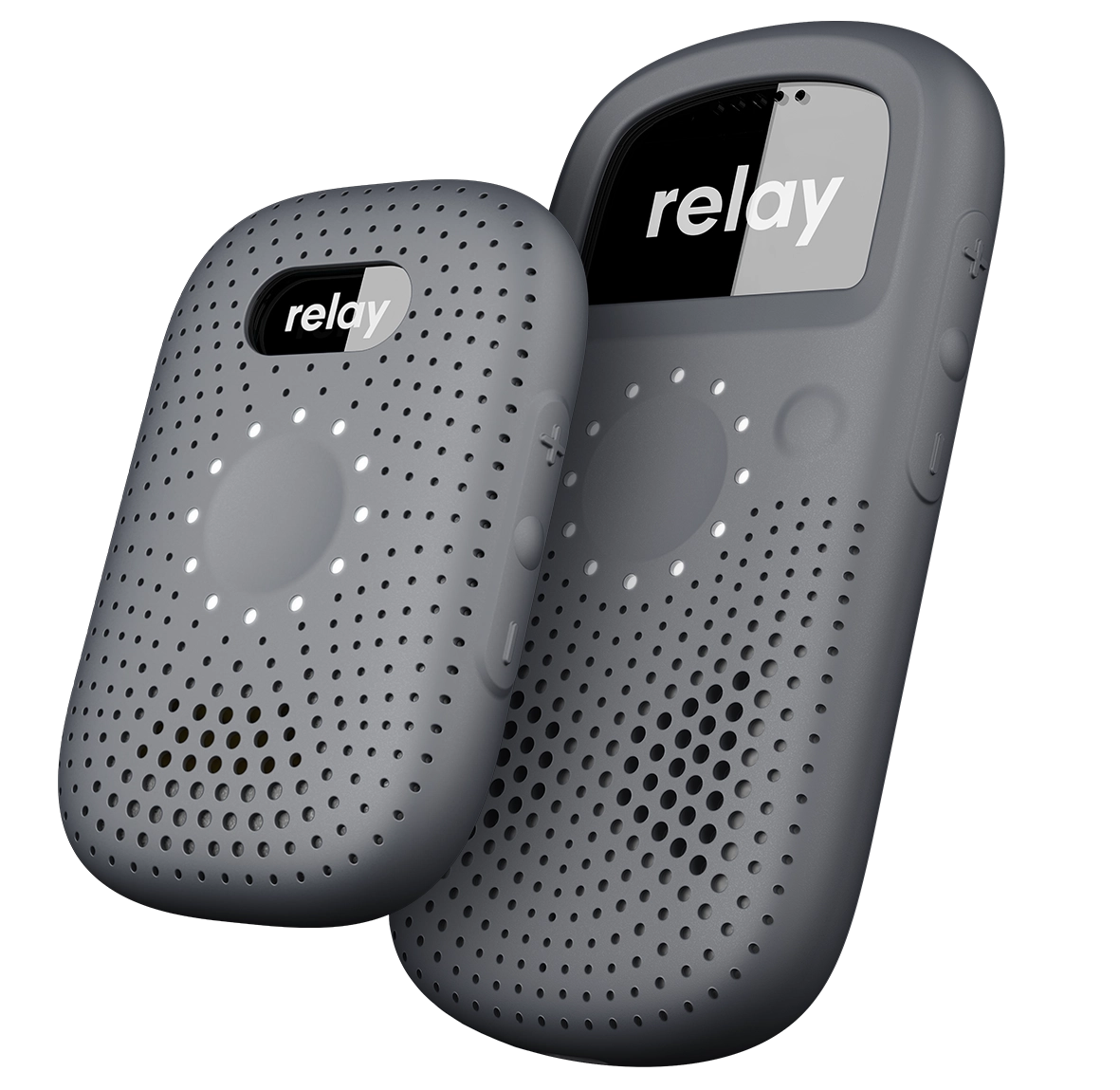The hotel industry has evolved drastically over the past year or so, and in most ways, it’s for the better. But as we collectively figure out what’s next for the industry overall, it’s crucial to take stock of what we do best and what could use tweaking. More than that, those in the hospitality industry are trying to figure out how to update and upgrade the notion of high tech/high touch.
It’s somewhat ironic that an industry known for touch points, has been scrambling for the past few months to figure out how to amp up their tech approach. Even as you update your own operations, it’s worth repeating that your hospitality service points should always be a top priority.
To help you figure out how to keep the human touch while upgrading your tech approach, we came up with a list of ten things to keep in mind.
1. Always keep your touch points updated. As much as guests love the reliability and comfort of a trusted hotel chain, they love novelty as well. Keep updating and improving the places your clientele interacts with your brand.
2. Personalize as often as possible. If you’ve ever attended a conference you’ve seen the ubiquitous “Hello my name is” name tags. People like seeing their name or initials on things, even if it’s the foam of their morning latte. Some years ago we stayed at the Glasshouse Hotel in Edinburgh and still marvel over the fact that they made up customized cards saying we were in residence.
3. Add sensory experiences. From a signature scent to home-baked cookies, people remember the scent of their favorite spaces. One hotel cited often for their signature scent is the Ritz Carlton, New York iconic hotel’s 50 Central Park scent. Most amazing about this fragrance is the fact that it was inspired by what its creator, Antica Farmacista, refers to as a “scent map” of Central Park.
4. Create a way to stay in touch. Whether it’s a birthday greeting or a secret recipe shared with specific guests, you can create the feeling of a relationship instead of a transaction.
5. Add visual cues. Infographics work online for a reason, they provide visual cues to help absorb information. Remind guests that their safety and that of employees is always a priority, by creating an easy-to-understand visual guide to both safety exits and a key to associate alert devices. In this way, you reassure guests instead of making them wonder why staffers have suddenly started wearing panic buttons.
“Don’t just pay lip service to human contact, be sure to actually have someone available to address concerns that might arise along the way.”
6. Offer alternatives to A.I. Be sensitive to older guests, non-tech natives, or those with potential hearing impairments or other issues. Make it clear that while there is now an electronic way of connecting, there is also an easy way to connect with a human being.
7. Make it easy. Don’t just pay lip service to human contact, be sure to actually have someone available to address concerns that might arise along the way. Don’t make your guests struggle to find a way to interact with an actual person.
8. Create “easter egg” type amenities accessible only through your app. If you want to encourage interaction, you should probably come up with reasons for guests past and present to stay in touch. Maybe it’s a weekly treasure hunt (virtual, of course) or points-based system that rewards guests for checking in and offers them incentives to keep doing that.
9. Remember the hand-written note rule. Sure a quick “TY” counts for a thank you note these days, but it isn’t particularly thoughtful, even as it acknowledges someone’s kind act. Instead, try to send out hand-written notes to your best customers or even to commemorate an occasion. If a couple celebrated their destination wedding at your location, consider sending them a hand-written anniversary card inviting them back. It’s thoughtful, it’s also good business.
10. Keep updating. Much in the same way that your favorite software requires regular updates and upgrades, so should your human touch approach.






